
Environmental Threats to The Great Barrier Reef
Introduction
The Great Barrier Reef (GBR) is like the world’s largest underwater theme park, teeming with colorful corals and vibrant marine life. However, this natural wonder is facing some serious threats that could make it less of a fun dive and more of a sad snorkel. Let’s explore the various environmental challenges that are putting this UNESCO World Heritage Site in jeopardy.
Pollution: The Uninvited Guest
Imagine throwing a party and someone spills soda all over your favorite rug. That’s basically what pollution is doing to the GBR. Agricultural runoff, plastic waste, and shipping activities are all contributing to the degradation of this stunning ecosystem. Farming runoff is particularly troublesome, introducing fertilizers and pesticides that can smother corals and disrupt the delicate balance of marine life.
Plastic: The Persistent Problem
Plastic pollution is like that clingy friend who just won’t leave. It’s everywhere, and it’s causing havoc. Microplastics have been found even on remote Milman Island, showcasing how pervasive this issue is. These tiny particles can block sunlight, which is essential for the growth of seagrass and corals. Think of it as a really unhelpful sunblock that no one asked for.
Climate Change: The Slow Burn
Climate change is the big bad wolf in the story of the GBR. Rising ocean temperatures lead to coral bleaching, a phenomenon where corals expel the algae living in their tissues, resulting in a ghostly white appearance. This not only affects the corals but also the entire ecosystem that relies on them. Without healthy corals, the whole underwater community is at risk, including the fish that people love to see while diving.
Crown-of-Thorns Starfish: The Unwelcome Feast
Enter the crown-of-thorns starfish, a creature that sounds like it belongs in a medieval fantasy but is actually a significant threat to the reef. These starfish feast on corals, and when their populations explode—often due to nutrient pollution—they can devastate large areas of the reef. It’s like inviting a few friends over for a casual dinner and ending up with a full-blown buffet disaster.
Conservation Efforts: A Ray of Hope
Despite the gloom, there are efforts underway to protect and restore the GBR. Organizations like WWF-Australia are actively monitoring and advocating for bans on the most harmful single-use plastics. These initiatives are crucial in safeguarding the reef’s future. It’s like putting up a “No Entry” sign for the troublemakers!
Conclusion
The Great Barrier Reef is facing significant environmental threats, but with awareness and action, there’s still hope for this natural treasure. By reducing pollution, tackling climate change, and protecting it from invasive species, we can help ensure that future generations can enjoy the beauty of the GBR. So, let’s roll up our sleeves and do our part—after all, who wouldn’t want to keep the world’s largest coral reef looking fabulous? 🌊



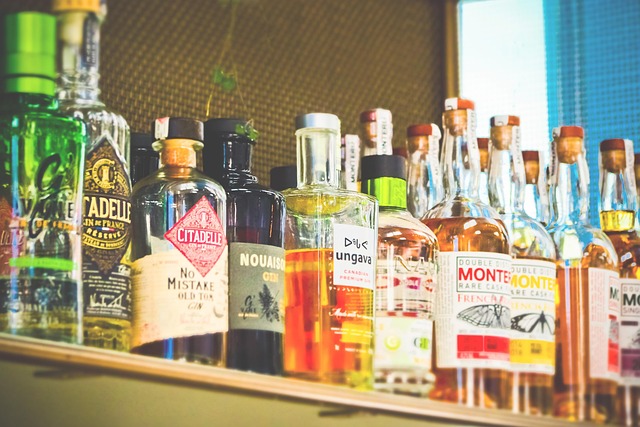


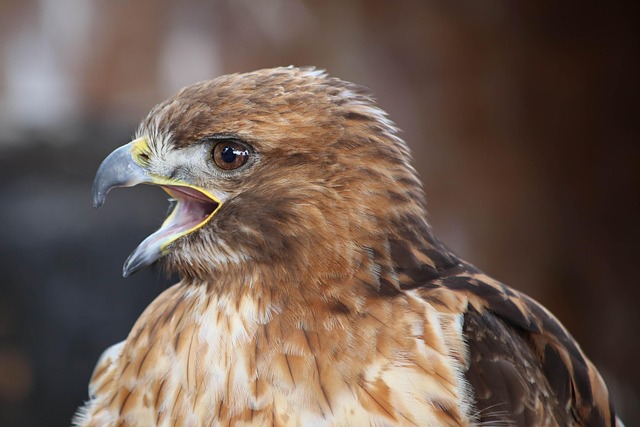


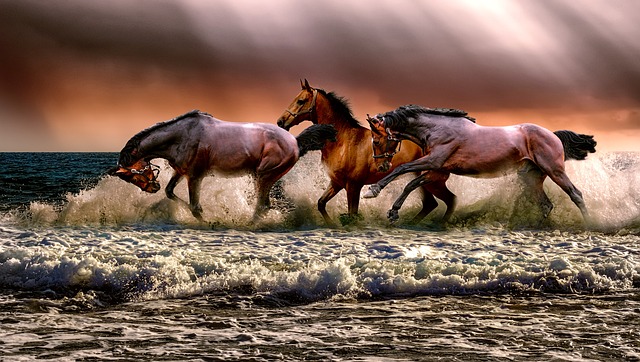


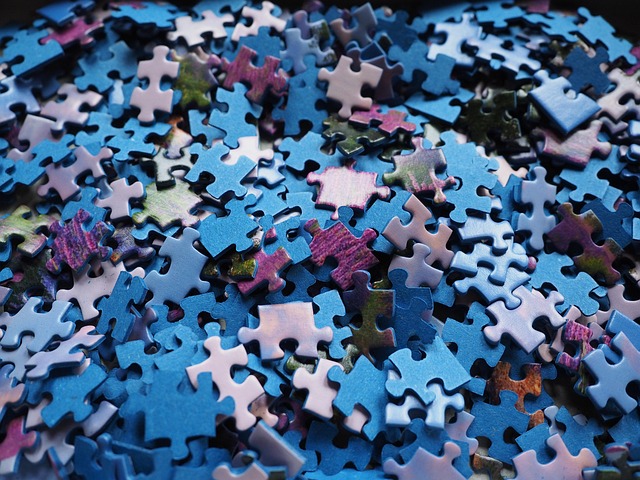

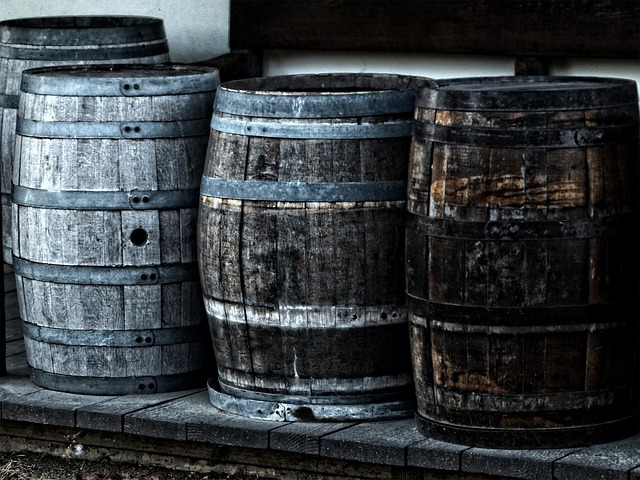

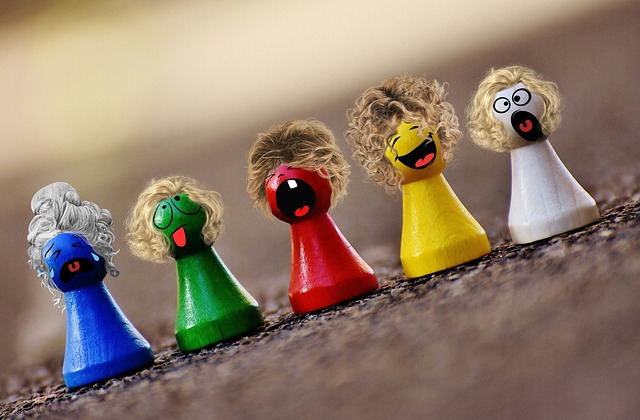
 Hunger Games Catching Fire Cast
Hunger Games Catching Fire Cast 
 Health
Health  Fitness
Fitness  Lifestyle
Lifestyle  Tech
Tech  Travel
Travel  Food
Food  Education
Education  Parenting
Parenting  Career & Work
Career & Work  Hobbies
Hobbies  Wellness
Wellness  Beauty
Beauty  Cars
Cars  Art
Art  Science
Science  Culture
Culture  Books
Books  Music
Music  Movies
Movies  Gaming
Gaming  Sports
Sports  Nature
Nature  Home & Garden
Home & Garden  Business & Finance
Business & Finance  Relationships
Relationships  Pets
Pets  Shopping
Shopping  Mindset & Inspiration
Mindset & Inspiration  Environment
Environment  Gadgets
Gadgets  Politics
Politics 